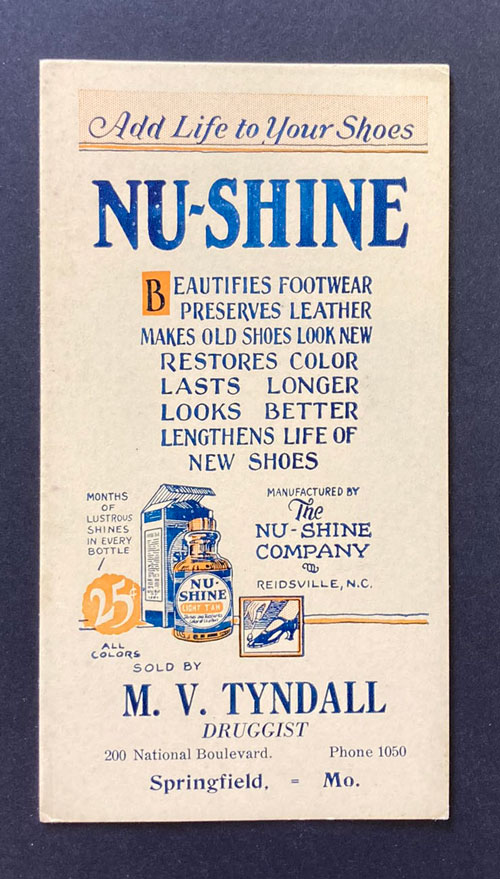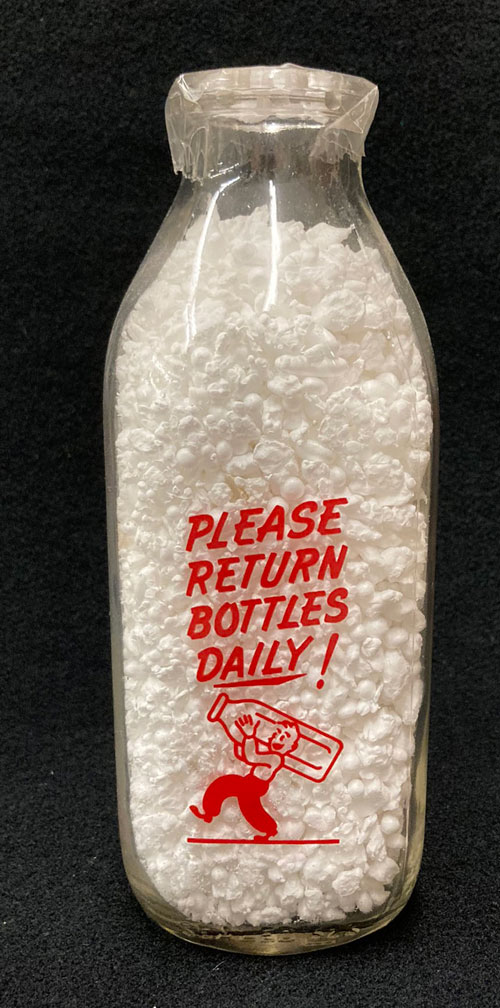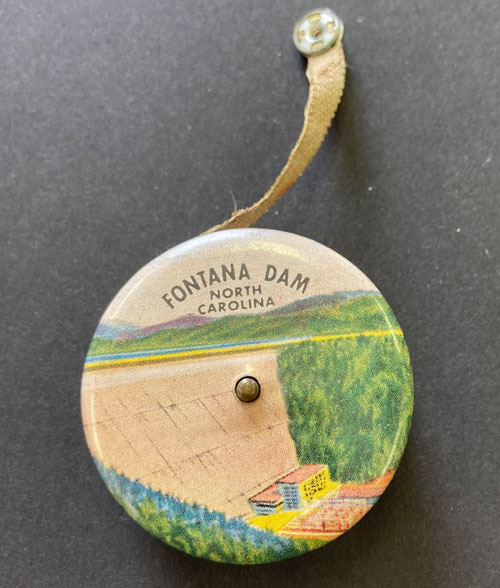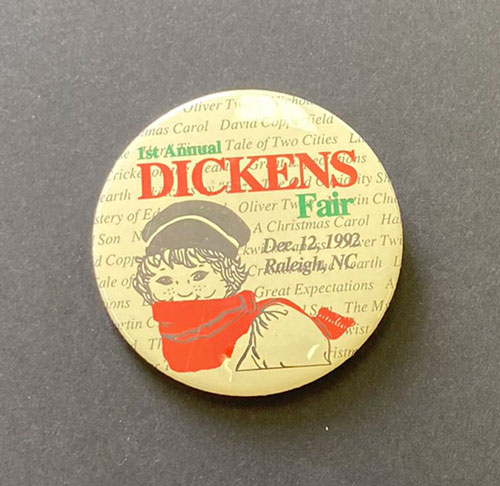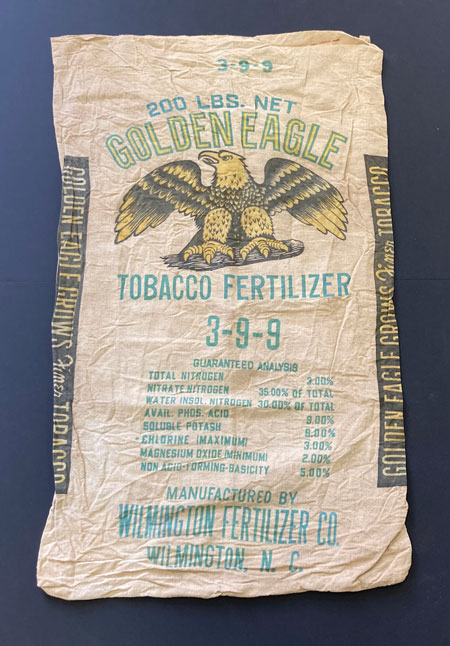“While it will not be a year old until Nov. 15, [1922], it is now marketed in 27 states…. Our sales have shown over 100 percent increase each month.”
— B. R. Stone, president, Nu-Shine Manufacturing Co., Reidsville, N.C.
“Nu-Shine has a very large interstate business; hardly a shoe store east of the Mississippi River is without it.”
–From “The Status of Chemical Industries in North Carolina in 1926” by Frank C. Vilbrandt in Journal of the Elisha Mitchell Scientific Society
“Robert Payne Richardson III assisted his father in the [Old North State smoking tobacco] factory, and after it was sold [to Brown & Williamson] he joined in 1927 the Nu-Shine Manufacturing Company, a local producer of shoe polish.”
— From NCpedia
In 1938 Nu-Shine was bought by American Products Co. and seldom heard from again.

